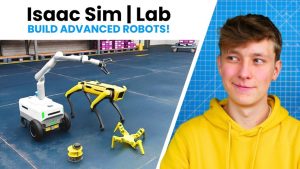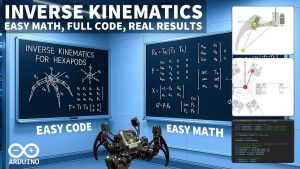NVIDIA’s Isaac Sim & Isaac Lab – Complete Guide to Building & Training Robots
NVIDIA's Isaac Sim and Isaac Lab offer a complete robotics simulation pipeline, enabling developers to train robots from CAD design to real-world deployment without physical hardware risks. This comprehensive 59-minute guide demonstrates installation, custom robot creation, machine learning integration, and successful simulation-to-reality transfer. While technically demanding, these free tools revolutionize robotics development through realistic physics simulation and policy training capabilities.







